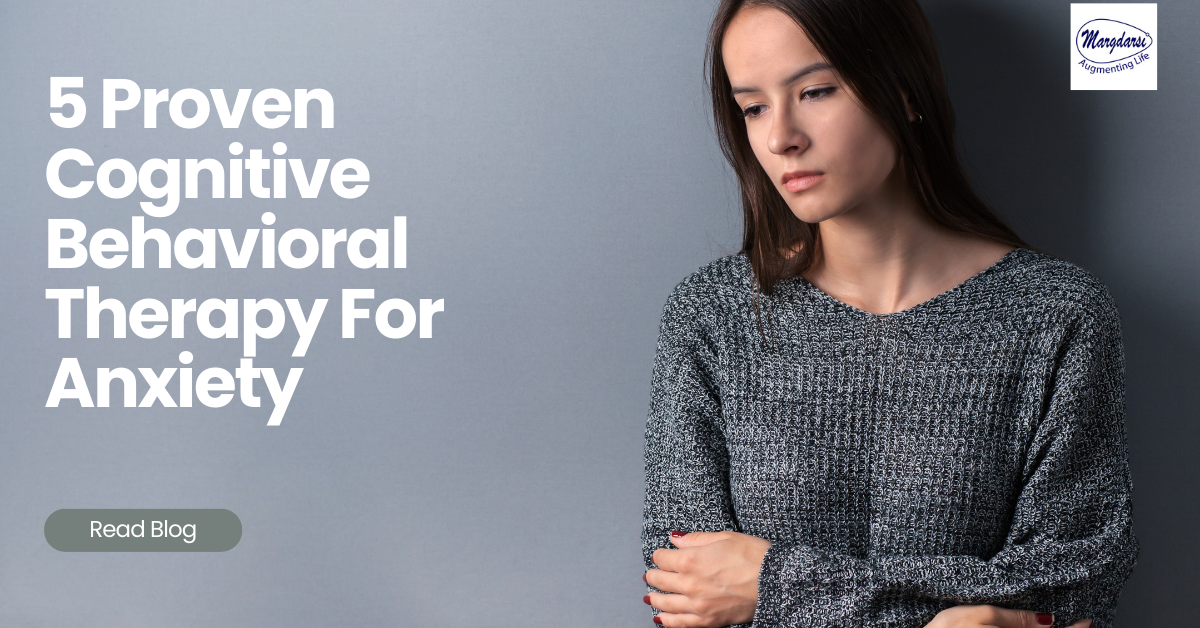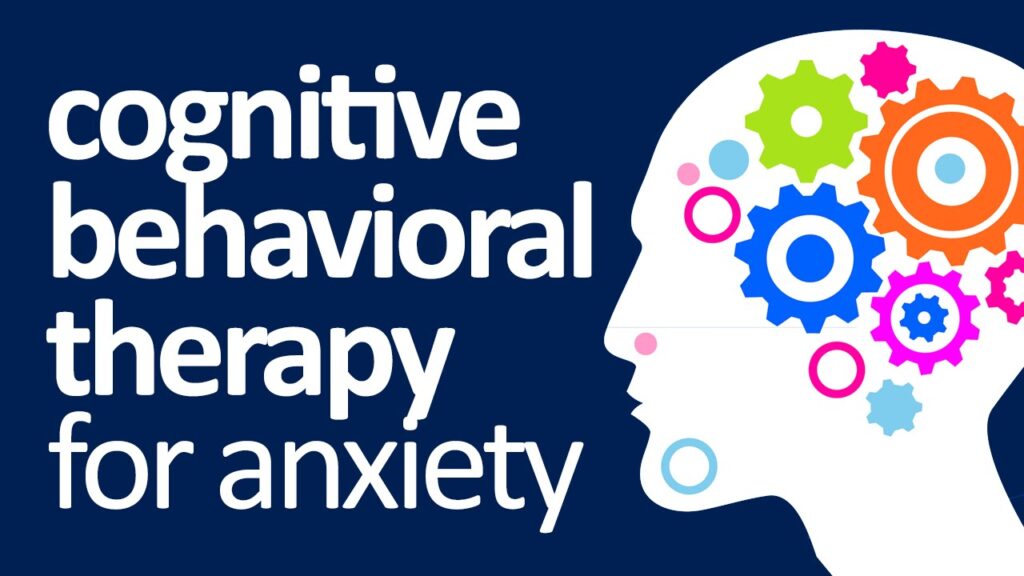
5 Proven Cognitive Behavioural Therapy For Anxiety
admin
- 0
Let’s tackle a common challenge together – anxiety. Anxiety impacts our mental health and daily life easily.
We’ve got a powerful tool in our hands called “cognitive behavioral therapy for anxiety.”
Get ready for a journey where you take the lead in navigating this therapy.

What is Cognitive Behavioral Therapy for Anxiety?
Cognitive behavioral therapy for anxiety is your roadmap to manage worries.
It’s like having a personal guide helping you understand and change your thoughts and actions to ease anxiety.
4 Cognitive Behavioral Therapy Instant Techniques
- Facing Thoughts Head-On: Unmasking the Worry
In cognitive behavioral therapy for anxiety, you confront those anxious thoughts. It’s like shining a light on the worry lurking in the shadows. For example, if you think, “I’ll fail,” we challenge it with “Why do I believe that, and is it really true?”
- Break the Cycle: Changing Thought Patterns
The therapy helps break the cycle of negative thoughts. It’s like rerouting a train to a better track. If you’re stuck in a loop of “I can’t do this,” we work together to find a positive track, like “I’ll give it a shot.”
- Breathing Breaks: A Pause for Calm
In the therapy journey, deep breathing becomes your ally. It’s like hitting a pause button on anxiety. Breathe in slowly, hold, and exhale. Repeat. It’s your mini-vacation from the storm inside.
https://www.linkedin.com/posts/margdarsifoundation_how-does-anxiety-impact-mental-health-and-activity-7103970336890585088-kzYc
- Here and Now: The Power of Mindfulness
Cognitive behavioral therapy emphasizes the present moment. It’s like savoring the taste of your food. Focus on what’s happening now, not what might happen later. Be in this moment.
- Challenge the Inner Critic: Positive Self-Talk
Your therapy toolkit includes challenging that inner critic. It’s like turning down the volume on negative thoughts. Instead of “I’m a failure,” shift to “I’m learning, and that’s progress.”
Conclusion
Cognitive behavioral therapy for anxiety puts you in the driver’s seat. Remember, you’re not alone on this journey. By actively engaging in the therapy process, you’re taking charge of your anxiety.
Let’s navigate this path together, step by step, toward a calmer and more confident you.
You’ve got this!


